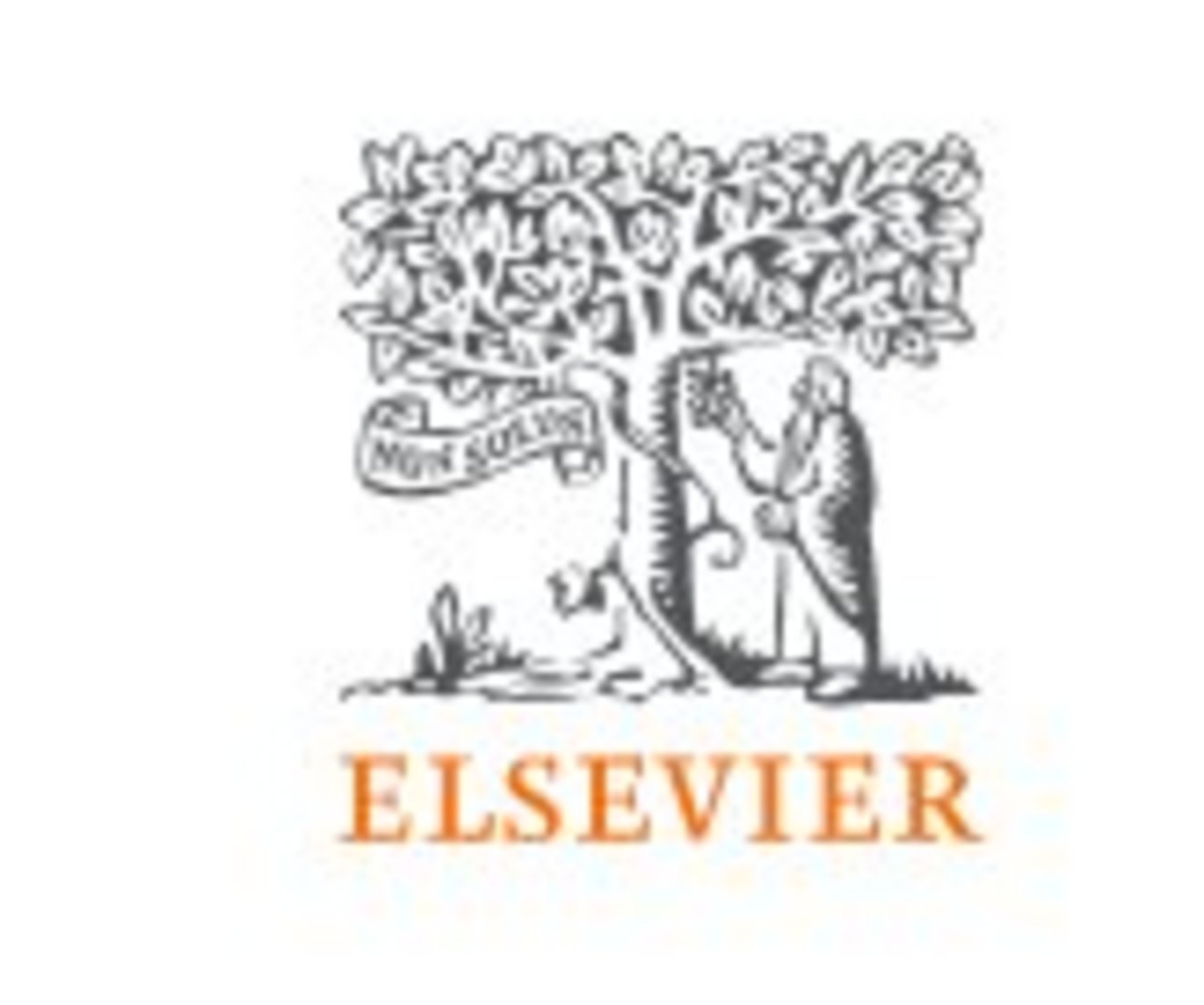Emerging technologies for pollinator monitoring
New publication by Toke T. Høye, Matteo Montagna, Bas Oteman, David B. Roy

Abstract:
Efficient tools for monitoring pollinator populations are urgently needed to address their reported declines. Here, we review advanced technologies focusing on image recognition and DNA-based methods to monitor bees, hoverflies, moths, and butterflies. Insect camera traps are widely used to record nocturnal insects against uniform backgrounds, while cameras studying diurnal pollinators in natural vegetation are in early stages of development. Depending on context, insect camera traps can assess occurrence, phenology, and proxies of abundance for easily recognisable and common species. DNA-based techniques can drastically decrease the costs of sample processing and speed of specimen identification but strongly depend on the completeness of reference DNA databases, which are continually improving. Molecular analyses are becoming more affordable as uptake increases. Image-based methods for identification of dead specimens show promising results for some invertebrates, but image reference databases for pollinators are far from complete. Building image reference databases with expert entomologists is a priority. Lidar and acoustic sensors are emerging technologies although it is still uncertain which insect taxa can be separated in data from these sensors and how well. By improving accessibility to novel technologies and integrating them with existing approaches, monitoring of pollinators and other insects could deliver richer, more standardised and possibly cheaper data with benefits to future insect conservation efforts.
https://doi.org/10.1016/j.cois.2025.101367
